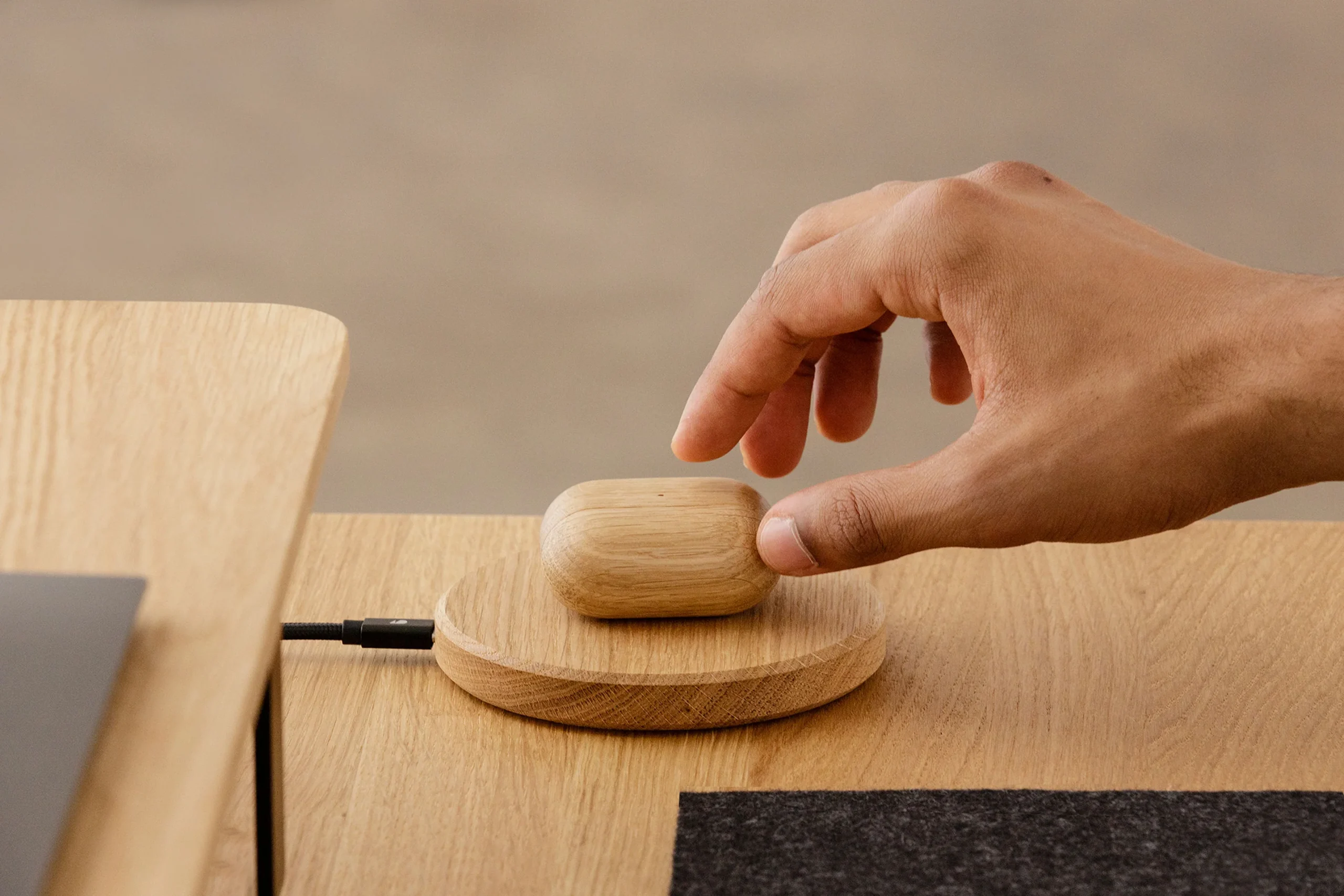Closets are an essential part of any home, offering storage solutions and contributing to the overall aesthetics of a room. While closet organization is often the primary focus, choosing the correct closet door sizes is equally important. A well-fitted door ensures smooth operation, enhances the visual appeal, and maximizes space efficiency. Whether you’re upgrading an old closet or installing a new one, understanding different door sizes and their applications can help you make an informed decision.
Table of Contents
ToggleWhy Closet Door Sizes Matter
Selecting the right closet door sizes is crucial for both functionality and design. A door that is too large or too small can lead to operational issues, gaps, or misalignment. Additionally, the right size ensures that the door blends seamlessly with the room’s decor while providing easy access to stored items.
Standard Closet Door Sizes
Closet doors come in various sizes, depending on the type of door and the size of the closet opening. Here are some standard dimensions:
1. Width Options
Closet door widths vary based on the style and intended use. Common width options include:
- 18″ & 20″ – Suitable for linen closets, utility storage, or small wardrobe spaces.
- 24″ – 36″ – Ideal for reach-in bedroom closets, commonly used in apartments and standard homes.
- 48″ & 60″ – Best for master bedroom closets or wider storage spaces.
- 72″ – Works well for large walk-in closets or sliding door configurations.
2. Height Options
Closet door height typically depends on ceiling height and design preferences:
- 80″ – Standard door height, commonly found in homes with 8-foot ceilings.
- 96″ – Designed for taller spaces, often seen in homes with 9-foot ceilings or custom-built closets.
If you have an exceptionally high ceiling or custom closet, doors can be manufactured in non-standard heights to fit your specific needs.
Types of Closet Doors and Their Sizing Considerations
Choosing a closet door isn’t just about size; the type of door also affects the space it occupies and its functionality. Below are some common types of closet doors and how their dimensions may vary.
1. Bifold Closet Doors
Bifold doors are popular for their space-saving design. They consist of two or more panels connected by hinges, folding to one or both sides of the opening.
- Available widths: 24″, 30″, 36″, 48″, 60″, 72″
- Heights: 80″, 96″
- Depth requirement: At least 2 inches for smooth folding.
2. Sliding Closet Doors
Sliding doors are ideal for larger openings where swinging doors aren’t feasible. They move along a track and can be customized for various widths.
- Available widths: 48″, 60″, 72″, 96″
- Heights: 80″, 96″
- Requires track installation at the top and bottom for stability.
3. Swing Closet Doors (Hinged Doors)
Traditional hinged doors open outward or inward and are ideal for standard-sized closets.
- Available widths: 24″, 28″, 30″, 32″, 36″
- Heights: 80″, 96″
- Requires enough clearance for door swing.
4. Pocket Closet Doors
Pocket doors slide into a compartment inside the wall, offering a sleek and space-saving option.
- Available widths: 24″, 30″, 36″, 48″
- Heights: 80″, 96″
- Requires wall modification for installation.
Measuring for the Right Closet Door Size
If you’re replacing or installing a new closet door, accurate measurements are key. Follow these steps to ensure the perfect fit:
- Measure the Width
- Take three width measurements (top, middle, bottom) and use the smallest number for accuracy.
- Measure the Height
- Measure from the floor to the top of the closet opening on both sides and the center.
- Measure the Depth
- Ensure there’s enough space for the chosen door type to operate smoothly.
Custom Closet Door Sizes
If your closet doesn’t conform to standard dimensions, custom doors are an option. Customization allows for:
- Tailored widths and heights
- Unique materials and finishes
- Personalized styles such as frosted glass or mirrored panels
Tips for Choosing the Right Closet Door Size
- Consider the Space – If your room has limited space, sliding or bifold doors might be better than swinging doors.
- Think About Aesthetics – The right door size should complement your room’s design and proportions.
- Account for Hardware – Tracks and hinges may affect the final door size.
- Check Building Codes – Ensure your chosen door size complies with any local regulations.
For more informational blogs visit gomyfinance.
Conclusion
Choosing the correct closet door sizes is essential for both functionality and aesthetics. Whether you opt for bifold, sliding, swinging, or pocket doors, understanding standard dimensions and measuring properly will ensure a seamless installation. If you have a unique space, custom options are always available to meet your specific needs. By selecting the right size and type of closet door, you can enhance both the usability and visual appeal of your home.



